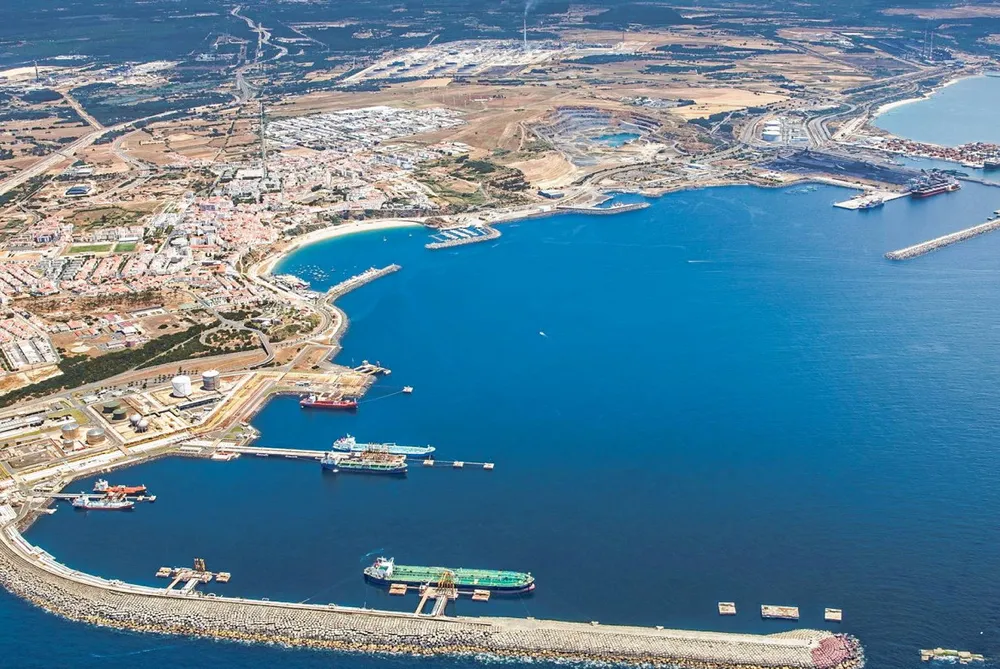Partners to spend more than €1bn on 500MW-plus green hydrogen project in Portugal
Facility is the third large-scale renewable H2 facility to be announced at the port of Sines in the past 12 months

Facility is the third large-scale renewable H2 facility to be announced at the port of Sines in the past 12 months
